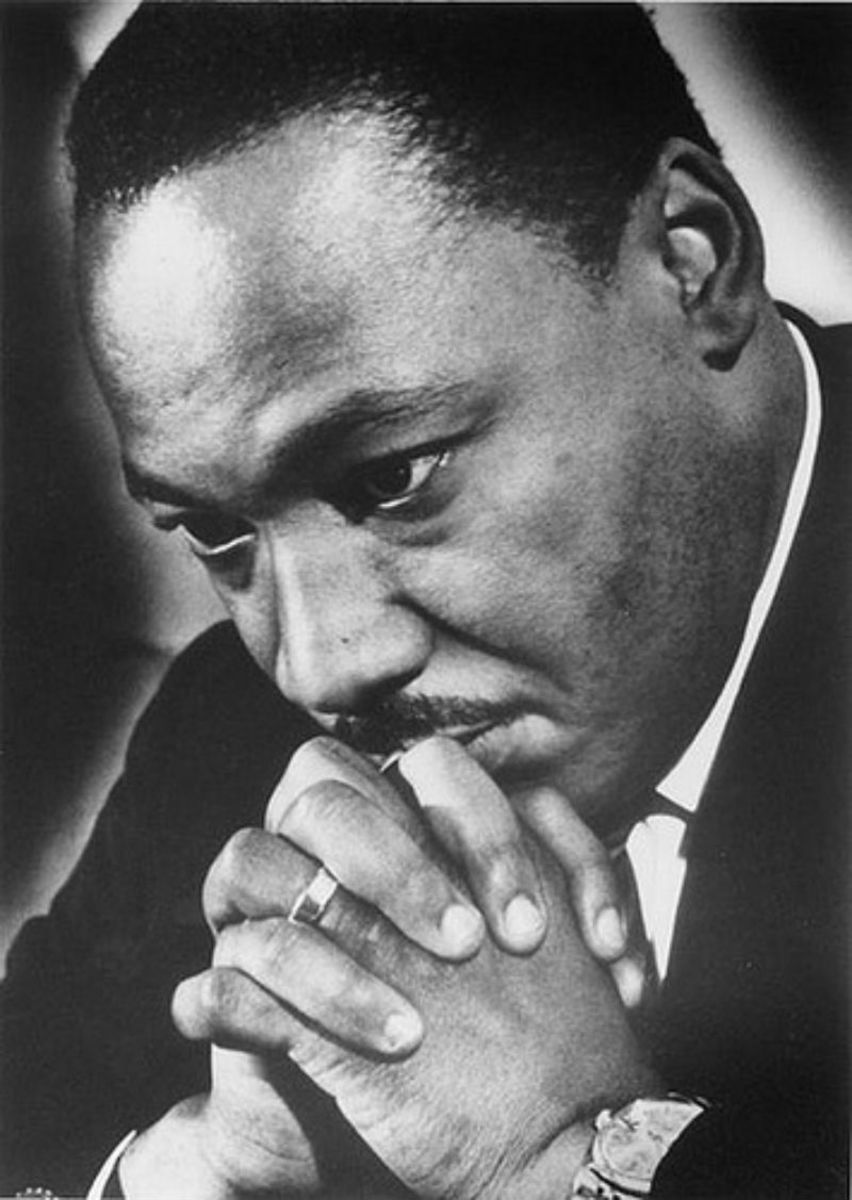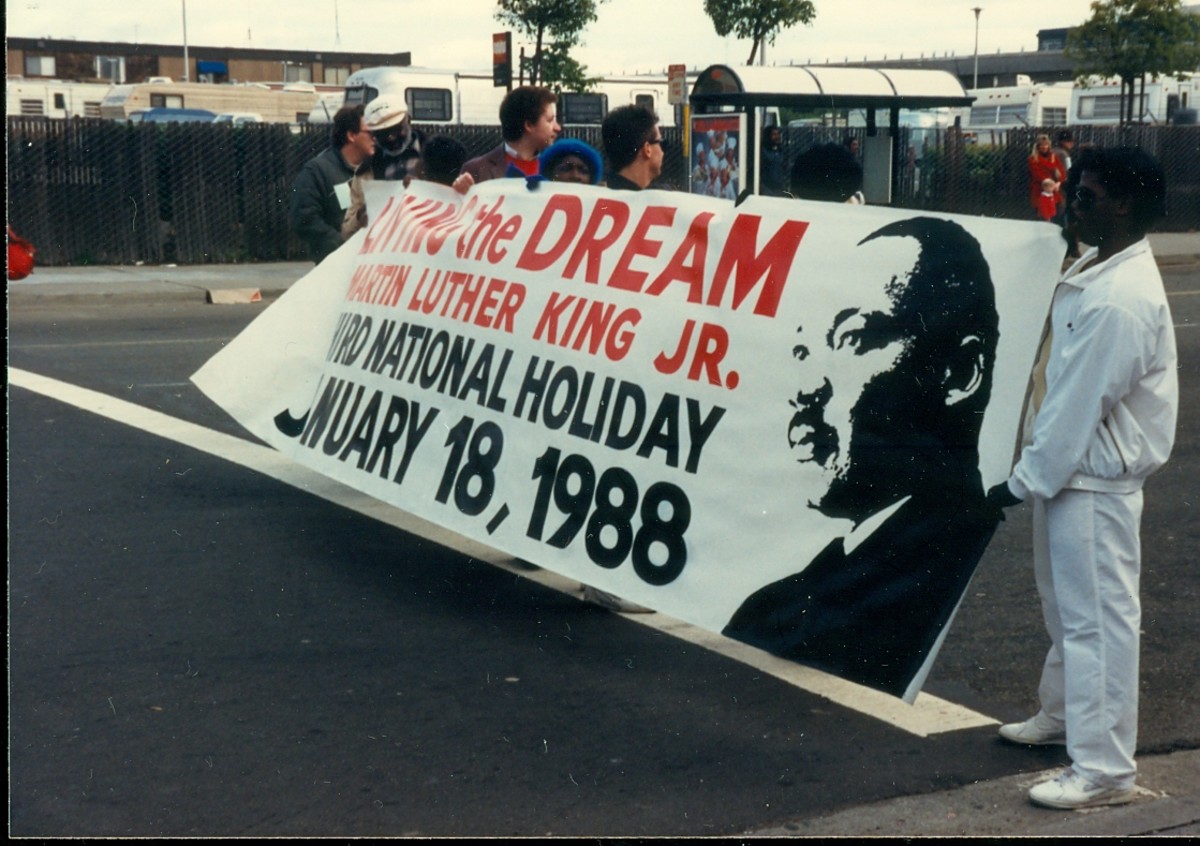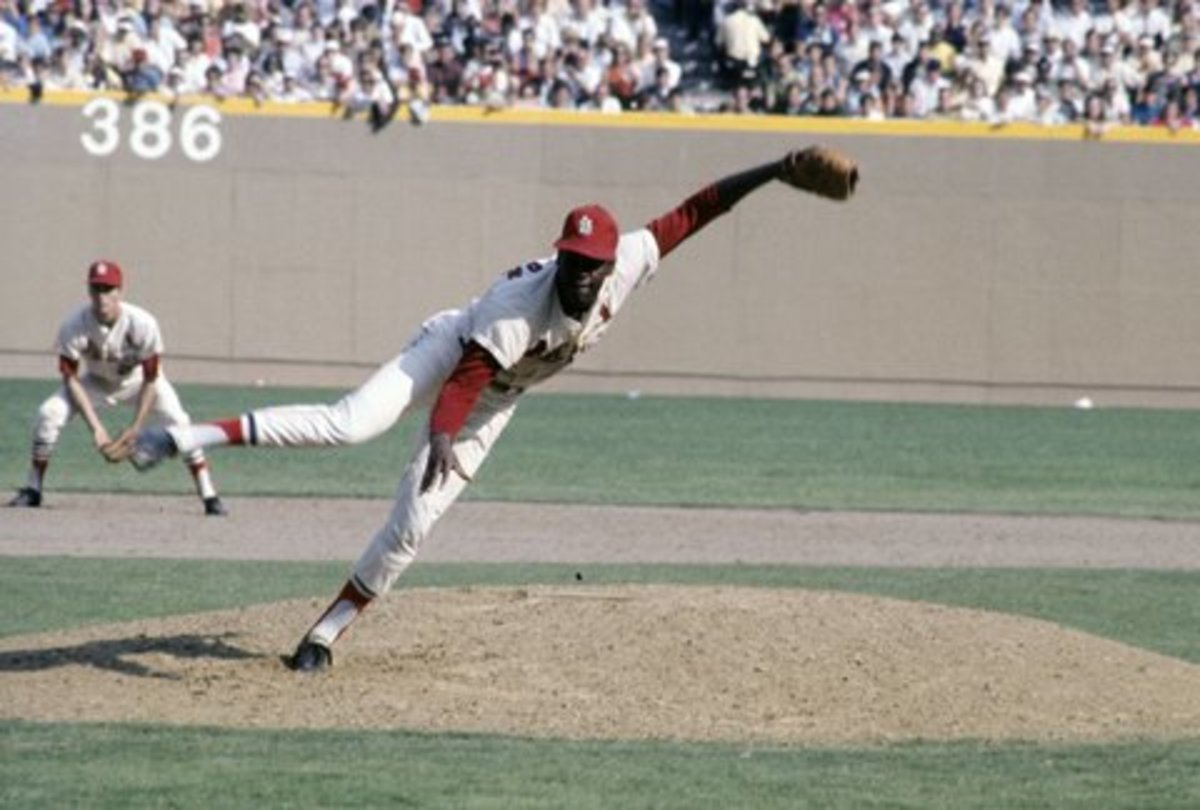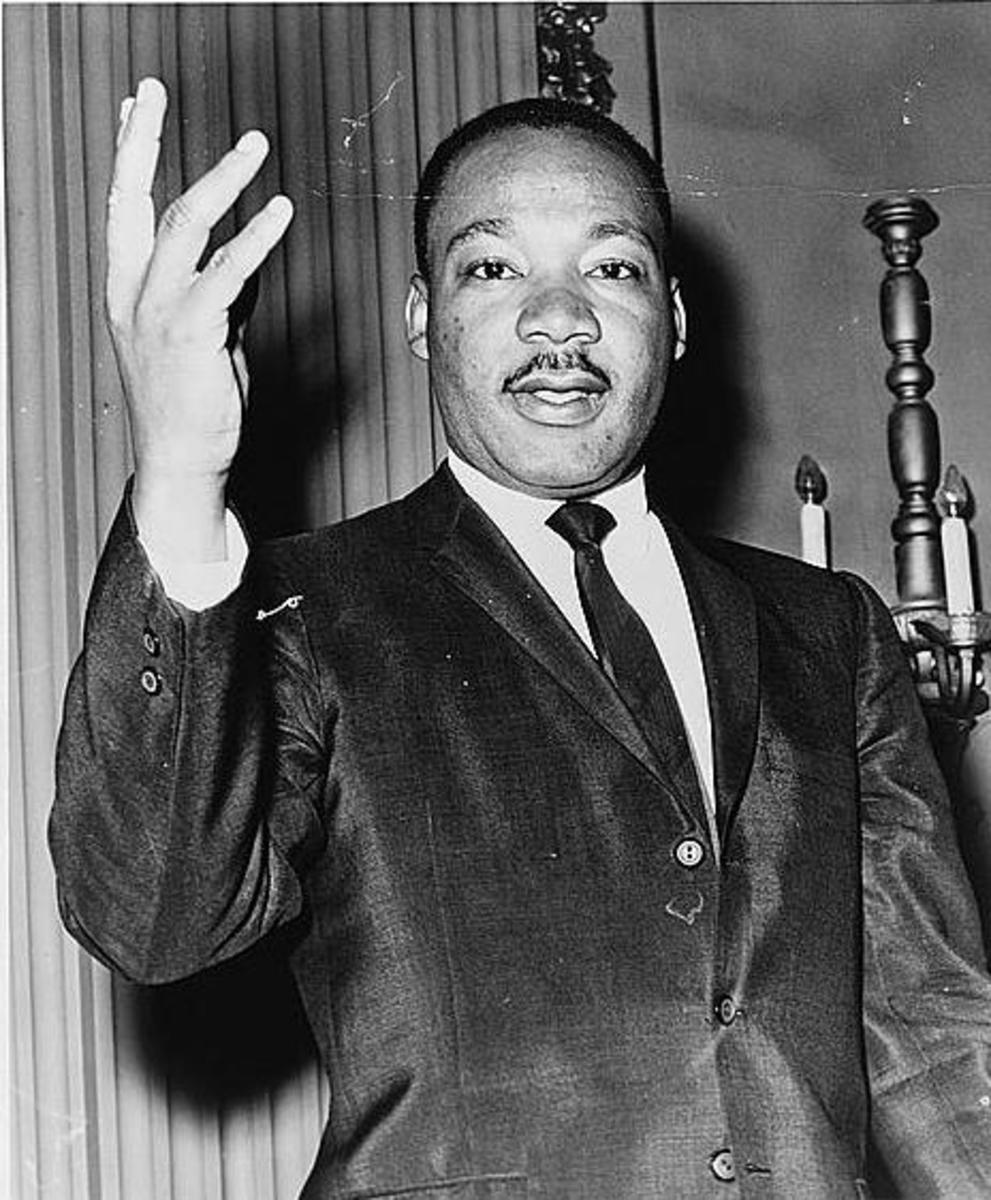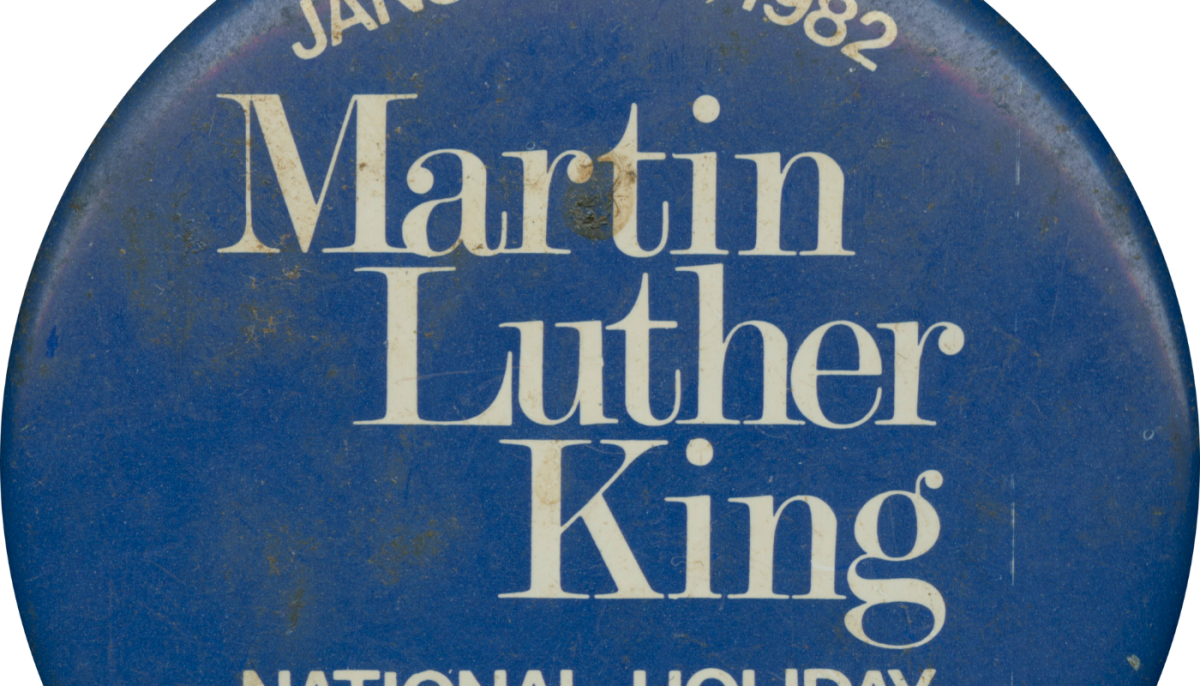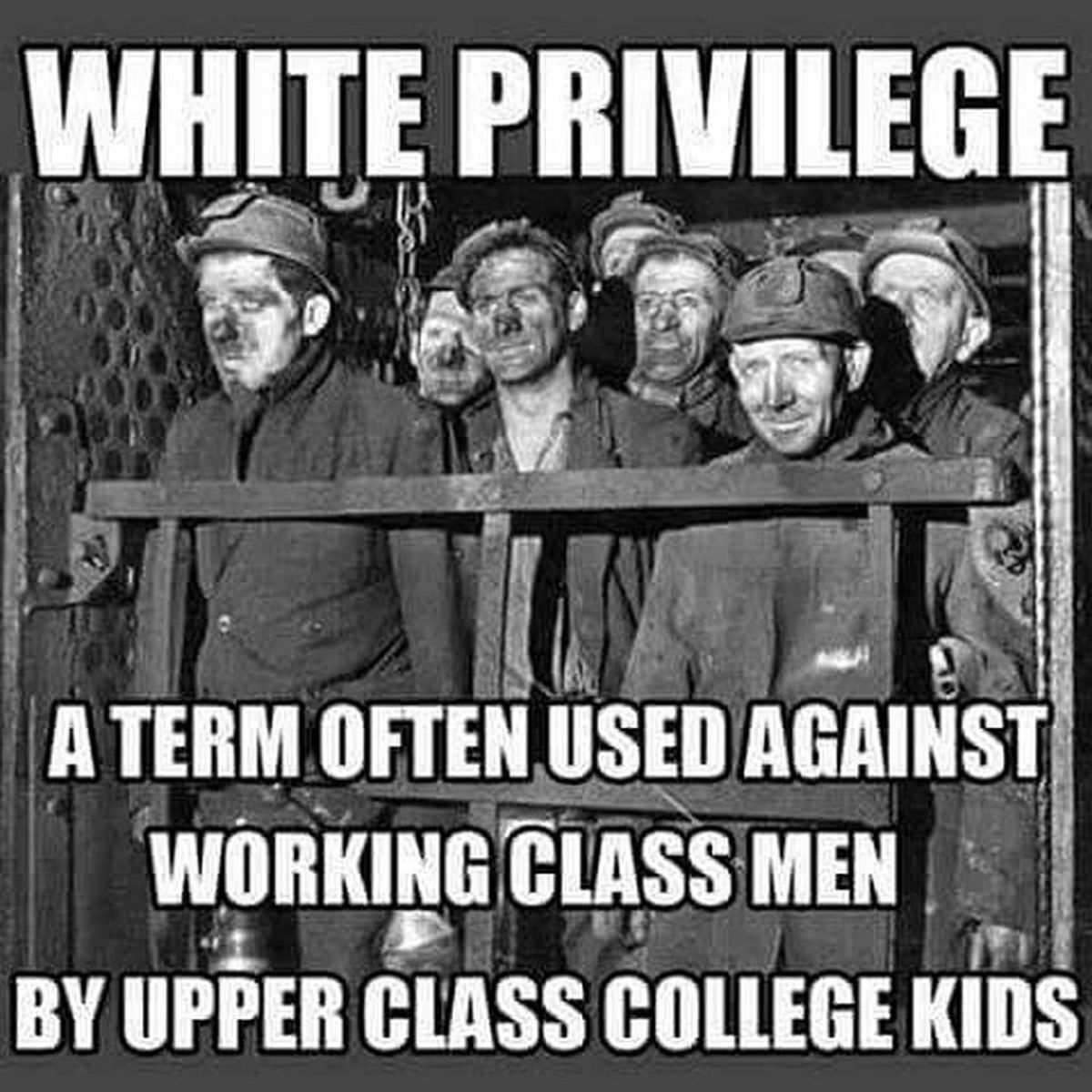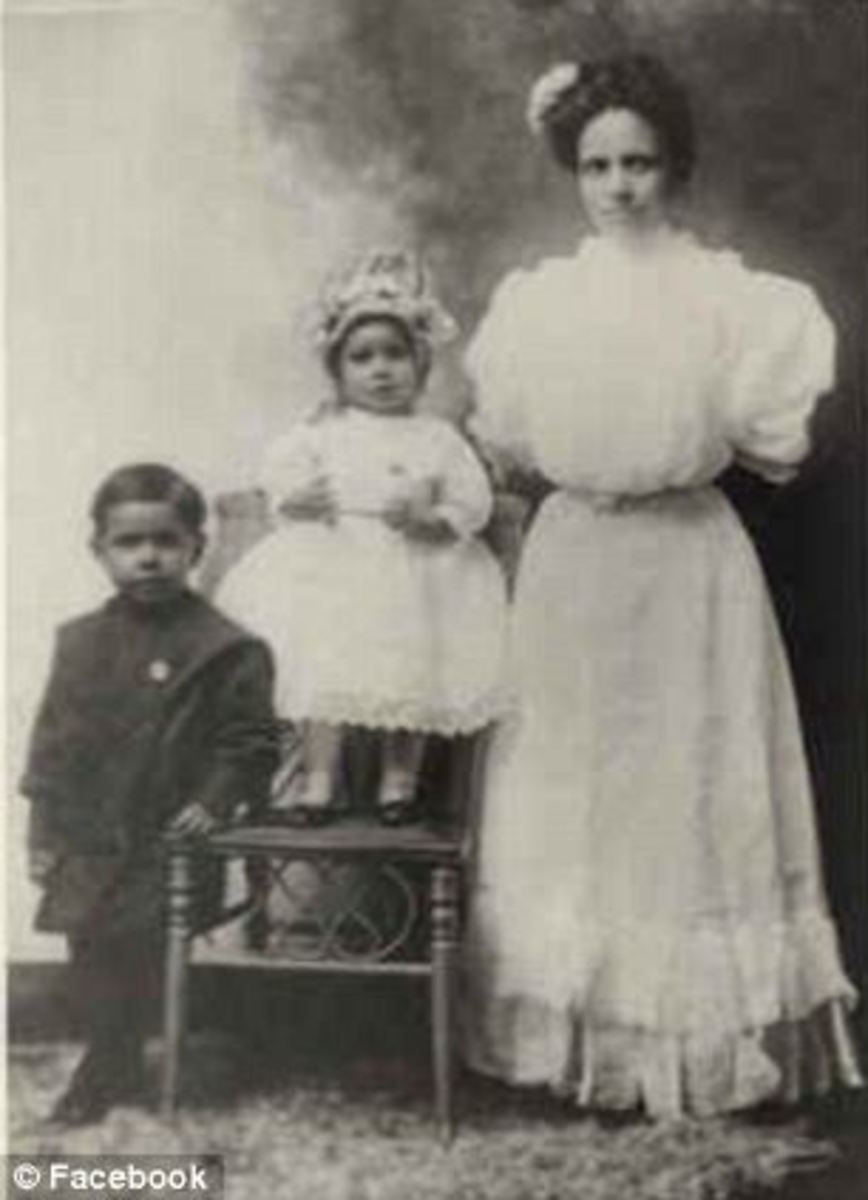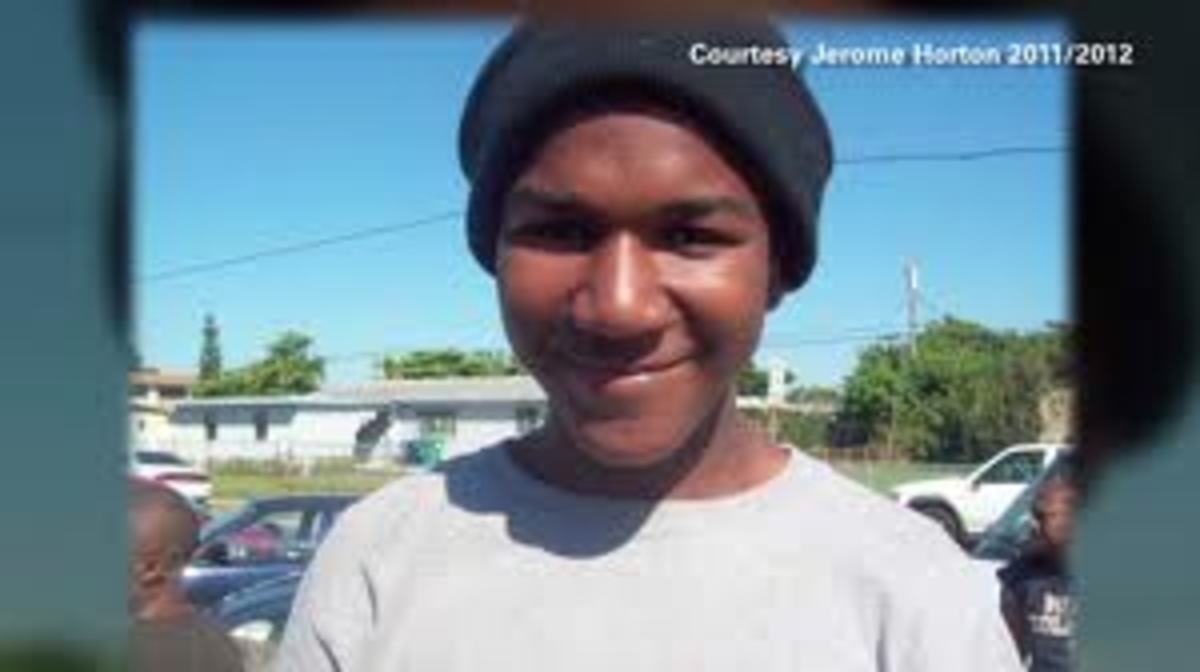Martin Luther King Jr., A Peaceful, Revolutionary Leader
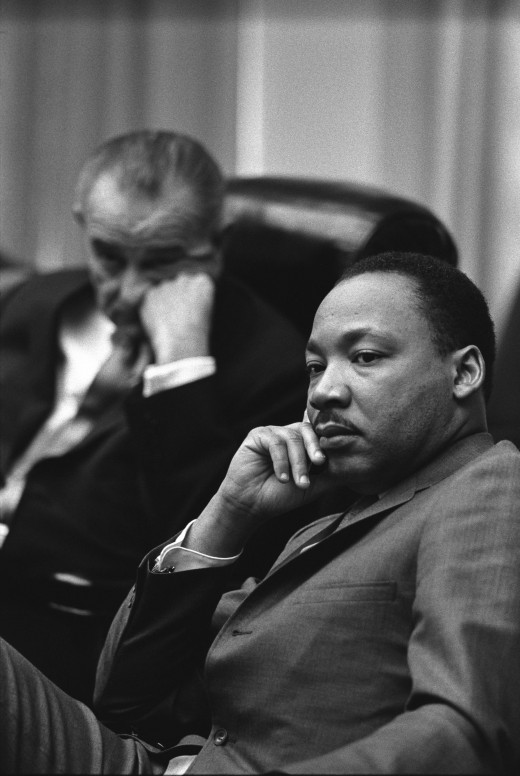
Related Reading
Martin Luther King, Jr. is often considered the face of the civil rights movement throughout the mid 1900’s and on. Although he had many enemies and faced much oppression, he never faltered from the “love everybody” attitude for which he is so famous. In his “Letter from a Birmingham Jail”, King addresses eight prominent Alabama clergymen whom had previously written King, asking him to discontinue his leadership and civil disobedience. King represents a revolutionary thinker, writer, and leader by inviting his critics to join him in nonviolent, loving brotherhood, while laying out his methods and reasoning in order to help the clergymen understand where he is coming from and to make his intentions clear. He trail blazes the path for future nonviolent protestors who view the laws as unjust and are willing to pay the consequences for sticking to their morals, while peacefully protesting and bringing to light issues that may be suppressed among the community.
King’s views and actions are very significant for the time period. Although many people felt the same way as King, he is the first to gain momentum behind his strictly nonviolent fight for equality in quantities that had the power to make a difference. His eloquent speeches, dedication to civil rights, perseverance through adversity, and unwavering desire to join the nation in brotherhood and love are all substantial factors in his popularity and effectiveness as a revolutionary leader. In addition, he has four basic steps which he and his followers adhere to in order to carry out their non violent campaigns: “(1) collections of the facts to determine whether injustices are alive, (2) negotiation, (3) self-purification, and (4) direct action” (King 85). By laying out the plan for every protest and stand against the unequal treatment of African Americans, King lays the groundwork for a successful, peaceful, and organized revolution. This gives his demonstrations consistency and credibility, which works in favor for his reputation as a leader.
King’s main philosophy centers around the view that we are all one nation of people, inherently equal, and that we owe it to ourselves and those around us to peacefully but assertively demand those rights. He speaks out against a divided nation: “Never again can we afford to live with the narrow, provincial ‘outside agitator’ idea. Anyone who lives in the United States can never be considered an outsider anywhere in this country” (King 85). To King, it is imperative that all citizens be treated as such, on equal footing, rather than holding certain races in higher regard than others. He implies that he will not stop in his fight for justice until equality is had throughout America: “Injustice anywhere is a threat to justice everywhere” (King 85). King’s dedication to achieving equality has both breadth and depth, as he travels throughout the South and organizes many demonstrations in which his followers can participate. King also urges everyone to look at the unjust situations that serve as catalysts for these demonstrations, rather than focusing solely at the demonstrations themselves, “I am sure that each of you would want to go beyond the superficial social analyst who looks merely at effects, and does not grapple with underlying causes” (King 85). King goes on to say that while it is unfortunate that civil disobediences are taking place, the true tragedy is the fact that they are even necessary in the first place. By using the basic premise of equal rights among all citizens of the United States, regardless of skin color, and encouraging people to recognize the injustices that are causing such unrest, King sets himself up for success with sound, logical principles that everyone can understand.
King’s key form of protest, nonviolent direct action, starts a revolution in the civil rights movement. Although King takes inspiration from nonviolent, civil disobedience ideas of famous figures such as Gandhi and Jesus, he introduces and promotes it in the fight for civil rights. He uses demonstrations such as sit-ins and matches to bring issues to light in society: “Nonviolent direct action seeks to create such a crisis and establish such creative tension that a community that has constantly refused to negotiate is forced to confront the issue. It seeks so to dramatize the issue that it can no longer be ignored” (King 86). In this way, King cleverly takes oppressive laws or customs and turns them around on the oppressors, making awkward, uncomfortable situations that highlight problems that were previously swept under the rug. He believes that peaceful protests are acceptable ways to facilitate change within communities: “We must see the need of having nonviolent gadflies to create the kind of tension in society that will help men to rise from the dark depths of prejudice and racism to the majestic heights of understanding and brotherhood” (King 87). This method of protest encourages conversations and negotiations between the opposing groups, which is the start of working towards equality. King’s use of nonviolent direct action is effective, yet diplomatic, and ultimately works towards his goal of equality and freedom for all in a unique way.
Another aspect of actions King promotes includes disobeying immoral or unjust laws. He defines unjust laws as a law that negatively affects a certain group of people, which they did not vote themselves: “An unjust law is a code that a majority inflicts on a minority that is not binding on itself. This is difference made legal. On the other hand a just law is a code that a majority compels a minority to follow that it is willing to follow itself. This is sameness made legal” (King 89). The idea that certain laws are just, while other actions, though legal, are unjust, is an important differentiation. This distinction gives weight to King’s reasoning behind determining which laws are acceptable to break in a peaceful manner: “I hope you can see the distinction I am trying to point out. In no sense do I advocate evading or defying the law as the rabid segregationist would do. This would lead to anarchy. One who breaks an unjust law must do it openly, lovingly… and with a willingness to accept the penalty” (King 90). While King encourages followers to break unjust laws, he emphasizes that it will not be without legal consequence. Rather, he urges disciples to embrace the consequences as a sacrifice to show others the unfairness thrust upon them. King even asserts that it is a person’s duty to stand up to laws which are immoral: “I submit that an individual who breaks a law that conscience tells him is unjust, and willingly accepts the penalty,… is in reality expressing the very highest respect for law” (King 90). He realizes that the country cannot function without laws to create order; however, he opposes laws that oppress the rights of those who had no say in making them. Standing up to unfair laws and putting in the effort to make them more just for all citizens, King argues, shows respect for the government in that it proves civil rights activists are not interested in abolishing the government; rather, they want to change the laws in order to make the country a better place. This reasoning concerning laws gives legitimacy to King’s ideas and actions, bolstering his reputation as a revolutionary leader.
In addition to describing his theories and plans of action, King also disputes the accusation that he is an extremist in the civil rights movement. He strives to be levelheaded, somewhere in the middle ground between extreme camps of civil rights activists: “I was rather disappointed that fellow clergymen would see my nonviolent efforts as those of extremists” (King 93). He describes the two opposing attitudes within the African American community. One group of people is complacent and uncaring, convinced that equality will never be reached: “[They] have been so completely drained of self-respect and a sense of “somebodiness” that they have adjusted to segregation” (King 93). This forlorn and hopeless attitude is understandable after so many years of poor treatment, but it is not effective in fighting for equality. The other extreme side consists of those who are enraged by oppression: “The other force is one of bitterness and hatred, and comes perilously close to advocating violence” (King 93). King, standing in the middle ground between the two extreme groups, has the unique ability to gather supporters from both sides, increasing the number of active, though peaceful, followers fighting for freedom. In addition, upon further thought on the topic of extremists, he concedes that he is an extremists – an extremist advocating for love, peace, and justice – who is unwilling to rest until the day when all citizens are equal. This recognition of the accusations of his enemies, and more importantly, his response to them, is a vital part of becoming personally recognized as a progressive and kind leader.
Martin Luther King, Jr. is a revolutionary leader due to his insistence of brotherly love, nonviolent direct action, and just laws, all of which put a unique, peaceful spin on the civil rights movement, gaining large numbers of followers from various groups of people. His eloquence and ability to communicate calmly, but compassionately, with his opposition allow others to respect King and his views. More importantly, his sound reasoning, based on peace, equality, and love, enable others to relate to him and his ideas, therefore growing the peaceful support for the civil rights movement. With all the makings of a strong leader and the right ideas to bring about justice, King played a crucial role in finally acquiring equality for African Americans. Despite his many enemies, King will live on forever in his legacy as a talented writer, speaker, and leader who refused to settle for anything less than peace and justice, while uniting the nation under a love and acceptance regardless of race.
Works Cited
“Letter from a Birmingham Jail.” Writings and Speeches That Changed the World. Ed. James M. Washington. New York: Harper Collins, 1992. 83-100.
Related Essays
- Obama's Divided Inheritance and Sense of Belonging in "Dreams from My Father"
An analysis of Barack Obama's early life as described in "Dreams from My Father", specifically focusing on the struggle of being of mixed race. - Imagery in "I Have a Dream"
An analysis of the imagery used in Dr. Martin Luther King Jr.'s most famous speech, "I Have a Dream" and why it was so effective. - Analysis of W.E.B. Du Bois' "Double Consciousness and the Veil"
An analysis of the struggle for equality and inner turmoil among African Americans as described by W.E.B. Du Bois in The Souls of Black Folk: Double Consciousness and the Veil. - "Theme for English B" by Langston Hughes Analysis
My brief analysis and personal reaction to Langston Hughes' "Theme for English B". The focus includes diversity, perspective, and truth. - Slave Women Suffered More
An analysis of Harriet Jacobs' "Incidents in the Life of a Slave Girl" and William Faulkner's "The Bear" in his collection of stories, "Go Down, Moses". - Contrasting Views on Democracy of Tocqueville and Jefferson
An analysis of Thomas Jefferson and Alexis de Tocqueville's views on democracy, along with a look into how Tocqueville's ideas apply today.


